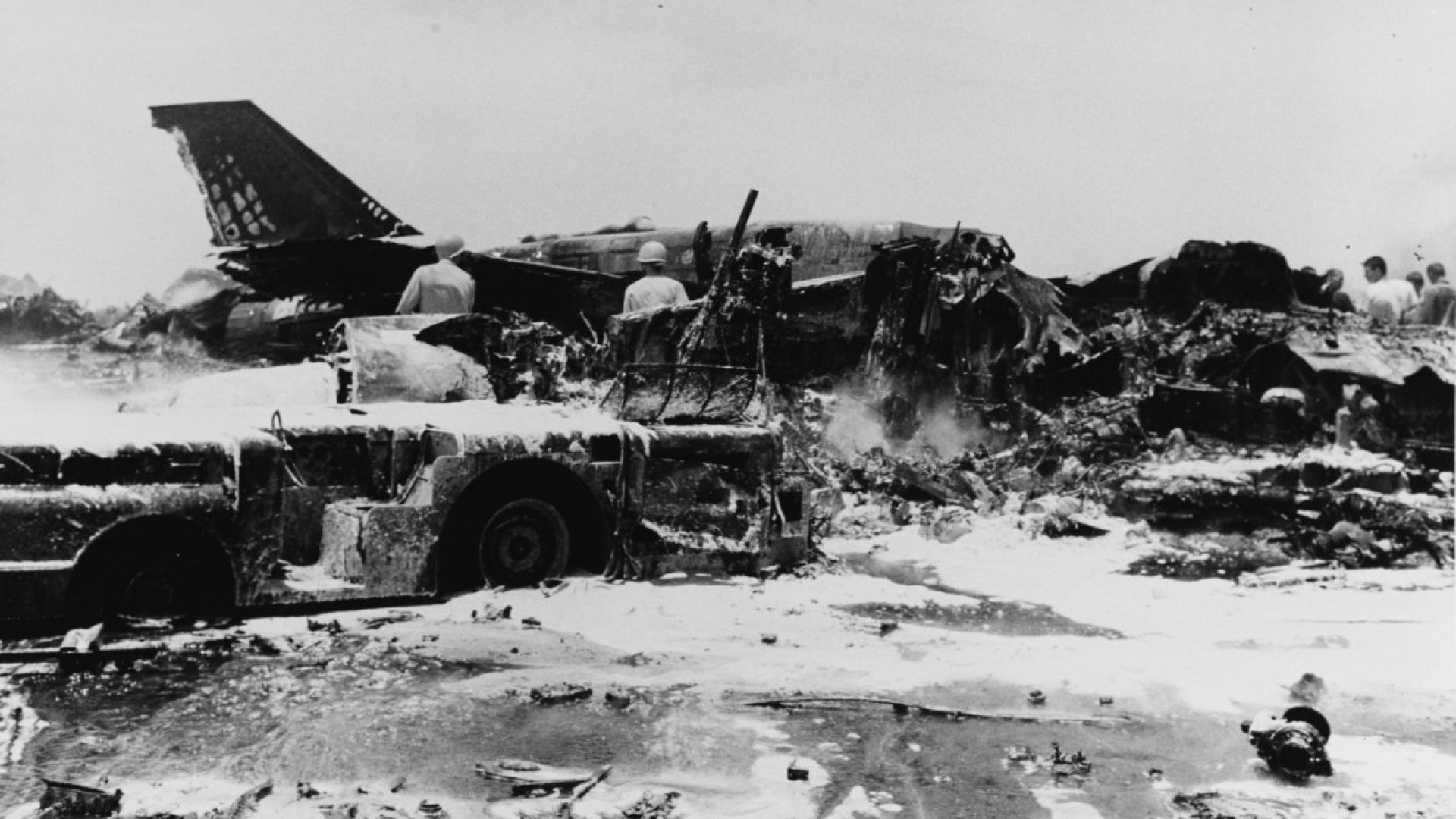Insights
Per- and Polyfluoroalkyl Substances – Part I – A focus on the history of Aqueous Film-Forming Foams:
At a Glance
Aqueous Film-Forming Foams, or AFFF, are highly effective firefighting suppressant foams used on fires involving flammable liquids (oils, gasoline, jet fuel, and other flammable chemicals) for which water is either not effective or can spread the fire, as opposed to extinguishing the fire. Until recently, AFFF have been widely used at military facilities, civilian airports, oil terminals, chemical facilities, and fire departments.
U.S. Navy scientists began working with 3M Corporation in the early 1960s to initially create more effective firefighting methods and products for shipboard fires; this research resulted in a PFAS-containing fire-suppressing foam, patented in 1966. The military developed the specification for a product that could blanket (and thus block oxygen from) the fuel spill, suppress the fuel vapors, and prevent the evaporation and subsequent reignition of the spilled fuels. AFFF’s ability to satisfy these criteria rendered it effective at fighting fires which had previously been difficult to control and extinguish.
The widespread use of AFFF was driven in part by a catastrophic fire on board the aircraft carrier USS Forrestal on July 29, 1967, then being deployed for Vietnam War combat operations in the Gulf of Tonkin. Triggered by the accidental launch of a rocket that exploded an A-4’s external fuel tank, the blaze killed 134 sailors and injured 161—the Navy’s most disastrous carrier fire since World War II. The Forrestal disaster drove the Navy to conduct a top-to-bottom overhaul of its firefighting protocols, including mandating widespread deployment of AFFF as a fire suppressant on board ships and carriers and at naval bases and air stations. AFFF was required on all U.S. Navy vessels by the late 1960s.
Wreckage of aircraft and support machinery after the USS Forrestal fire
By the late 1970s the Department of Defense (DoD) had begun using AFFF at military facilities, and its availability for fire control at civilian airports. The formulation of AFFF has changed over the years including legacy and second-generation foams that used PFOS and PFOA, and more recently with alcohol resistant foams (AR-AFFF) which do not use PFAS. These products were sold as concentrates that, when mixed with water and fed through a nozzle-aspirated foam system or compressed foam system, would provide the required fire suppression.
AFFF eventually made its way into other petroleum-related and industrial facilities where highly flammable liquids were present. Local fire departments also put AFFF in their firefighting toolkit, particularly if their jurisdiction included petroleum-product tankers, fuel storage depots, or aviation facilities.
What was not immediately understood was that PFAS are persistent in nature, and PFAS exposure has been associated with, but not proven to cause, a variety of human health concerns including elevated cholesterol, thyroid disease, digestive disorders, and cancer. As more data has been developed demonstrating the ubiquity of PFAS in the environment, there has been a movement in many United States jurisdictions (federal, state, and local) to restrict the use of AFFF, to ban it outright, and/or to require existing stocks to be destroyed. Alternatives such as fluorine-free foam (i.e., AR-AFFF) or other so-called “green foams” are replacing PFAS-containing AFFF.
In this series of articles, we’ll look further into how AFFF is being managed at the federal, state, and local levels, and will then expand further into those challenges related to PFAS in the environment and how regulations are quickly evolving to address these concerns.
